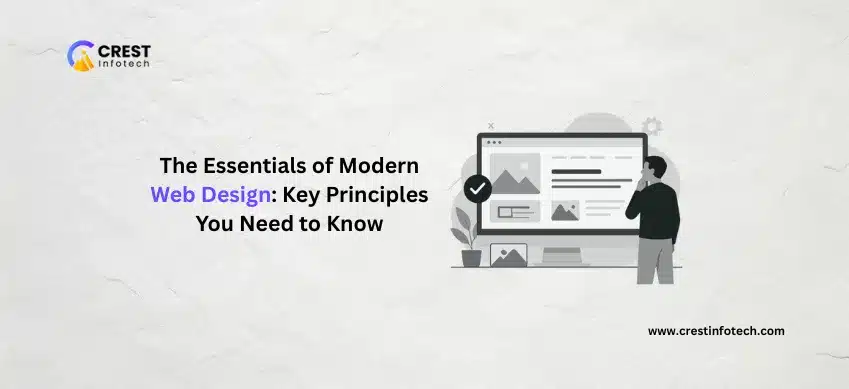Modern web design is more than just aesthetics — it’s about performance, usability, and delivering an experience that aligns with users’ expectations. Whether you’re launching a business site, portfolio, or e-commerce store, understanding the core principles of effective web design is crucial for success in 2025 and beyond.
Mobile-First Design
Today’s users are browsing on their phones more than ever. A mobile-first approach ensures your website loads quickly, looks great, and functions smoothly on all screen sizes. This isn’t just good UX — it’s also favored by search engines like Google.
Speed and Performance Optimization
A slow website drives users away. Modern design focuses on lightweight layouts, optimized images, minimal plugins, and efficient code. Use tools like Google PageSpeed Insights or GTmetrix to measure and improve your site’s performance.
Clear and Consistent Typography
Readable text is a must. Use modern, web-safe fonts and maintain a consistent hierarchy (e.g., headlines, subheadings, body text). Ensure there’s enough contrast between your text and background, and stick to 2–3 font styles max.
User-Centered Navigation
Navigation should be intuitive. Limit your main menu items, use sticky headers or hamburger menus on mobile, and include breadcrumb trails for larger sites. Make it easy for users to find what they’re looking for with minimal clicks.
Visual Hierarchy and White Space
Great design guides the user’s eye. Use size, color, and spacing to emphasize the most important content. White space helps avoid clutter and keeps your layout breathable and modern.
Accessibility and Inclusivity
Modern web design is accessible to everyone. Use alt text for images, ensure keyboard navigation works, and check contrast ratios. Consider users with disabilities — it’s both ethical and legally important.
Strong Call-to-Actions (CTAs)
Your design should encourage action. Use bold, well-placed CTAs like “Buy Now,” “Get a Quote,” or “Learn More.” Make buttons stand out with contrasting colors and ensure they’re easy to tap on mobile devices.
SEO-Friendly Structure
Search engines favor well-structured websites. Use proper heading tags (H1, H2, etc. — even if visually styled differently), clean URLs, fast loading times, and schema markup where appropriate. A good design helps users *and* search engines understand your content.
Integrated Analytics and Feedback
Design should include room for insights. Integrate tools like Google Analytics, Hotjar, or Microsoft Clarity to understand user behavior. Use this data to iterate and improve your design over time.
Final Thoughts
Modern web design combines form, function, and speed. It’s about creating seamless, inclusive, and goal-oriented experiences across devices. By focusing on usability, performance, and clarity, you’ll build a site that not only looks good — it works hard for your business. Keep evolving with user needs and technological trends, and your design will stay relevant and effective.



